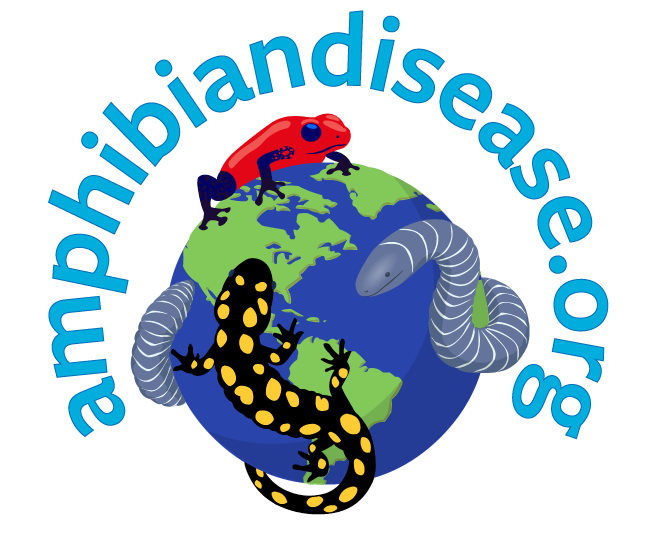In an unprecedented wildlife policy move, the US Fish and Wildlife Service (USFWS) has come out with an interim rule that lists 201 salamander species as “injurious” to wildlife due to the risk of a pathogen (the chytrid fungal pathogen that is lethal to salamanders, Bsal) under the Lacey Act. In the rule that takes effect on January 28, 2016, the import or interstate trade of listed species (live, dead, or parts) is prohibited, though permits may be granted for scientific, medical, educational, or zoological purposes. There is a 60 day public comment period, which ends on March 14, 2016. The rule can be found here.
Comments can be submitted online here.
Comments can be viewed here.
In addition to the USFWS ruling the US Geological Survey (USGS) came out with an open-file report in which they call for a proactive approach to prevent Bsal from entering the US and containing its spread if it is found in the US. They cite the need for cooperative research and management efforts to develop and implement effective prevention and containment strategies. In the report, the USGS identifies top research priorities and states that they are currently developing a Bsal Strategic Action plan, an emergency response plan, a monitoring and surveillance program, a standardized diagnostic approach, decision models for natural resource agencies, and a reporting database for salamander mortalities. The hope is to develop effective management strategies for Bsal which could influence or be adapted for other emerging infectious disease in wildlife.
This is an exciting time for biodiversity conservation, management, and policy!
